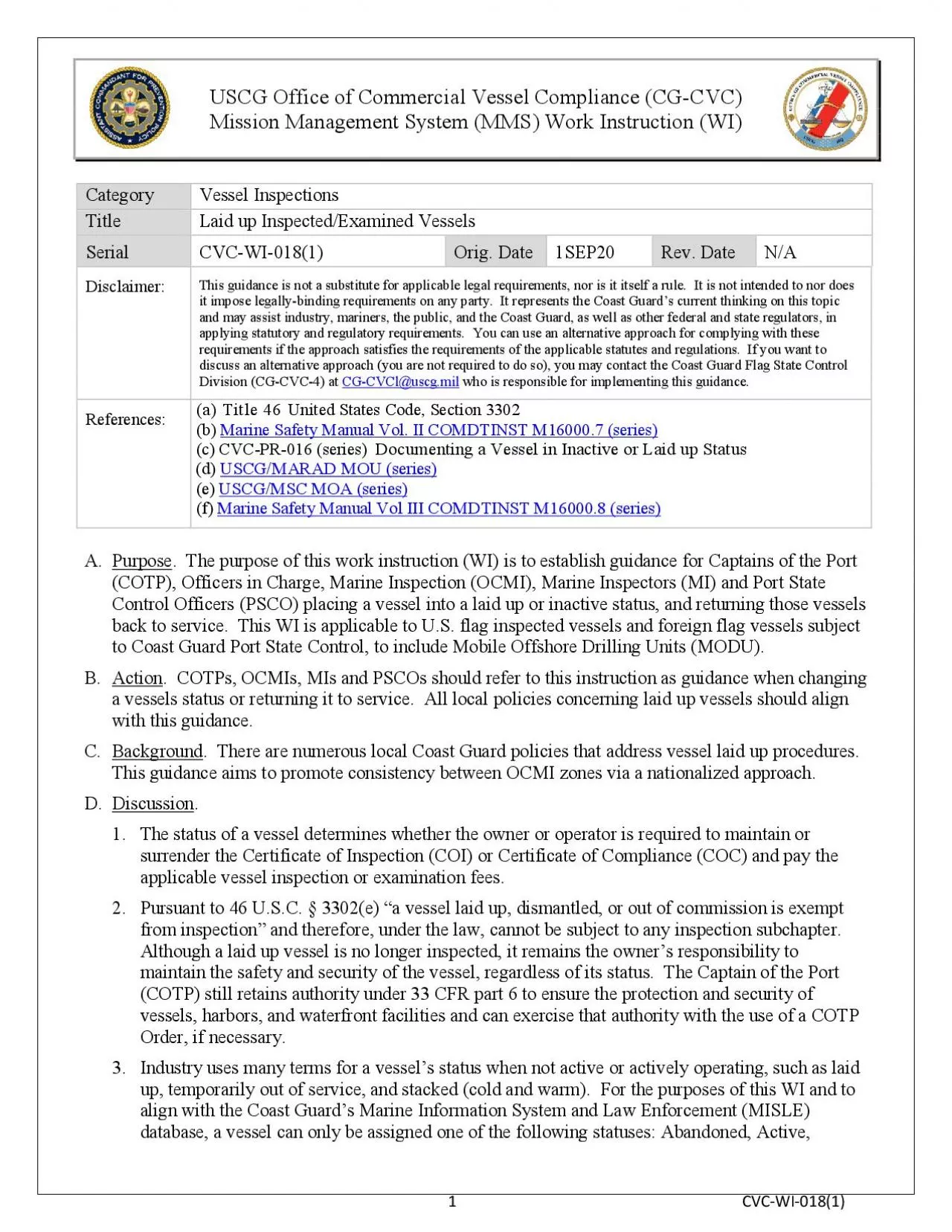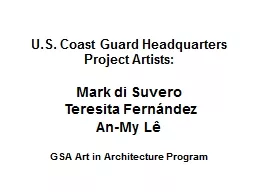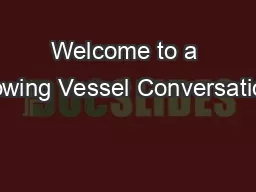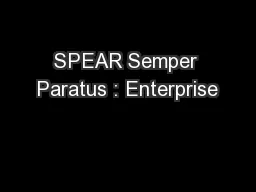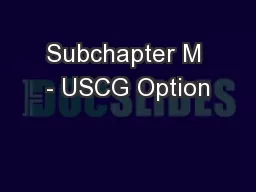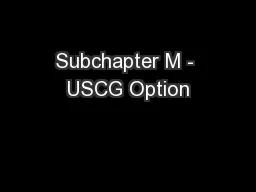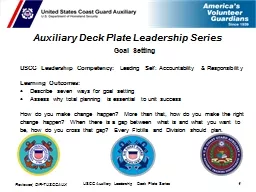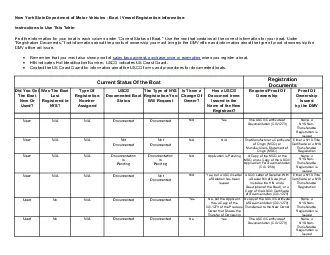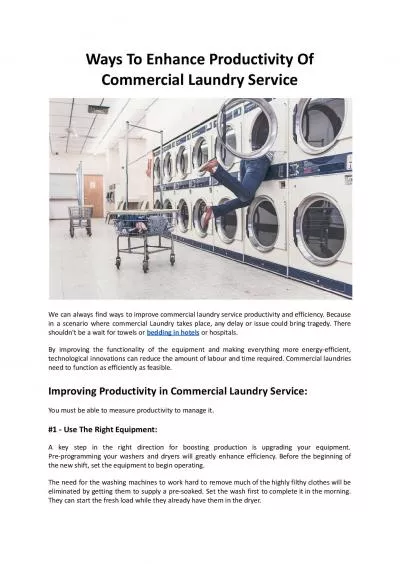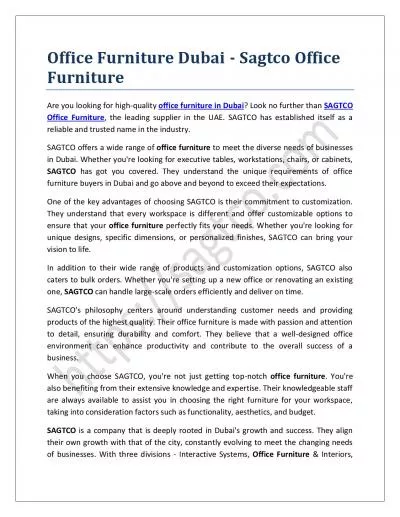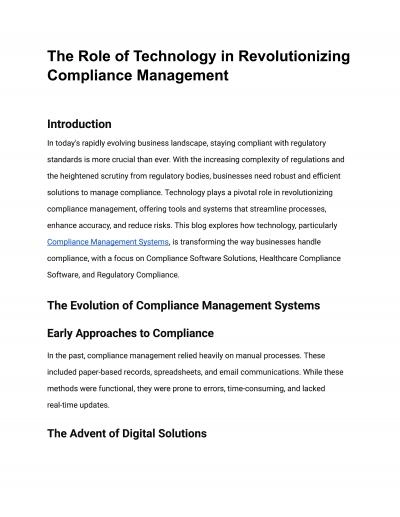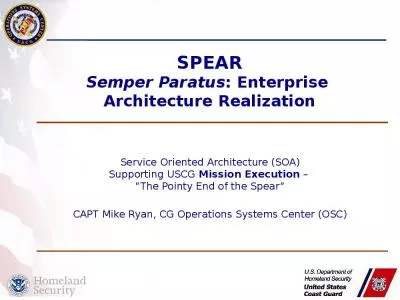PDF-USCG Office of Commercial Vessel Compliance CGCVC
Author : sadie | Published Date : 2021-10-04
CVCWI0181Mission Management System MMS Work Instruction WICategoryVessel InspectionsTitleLaidup InspectedExaminedVesselsSerialCVC181Orig Date1SEP20ev DateNADisclaimerThis
Presentation Embed Code
Download Presentation
Download Presentation The PPT/PDF document "USCG Office of Commercial Vessel Complia..." is the property of its rightful owner. Permission is granted to download and print the materials on this website for personal, non-commercial use only, and to display it on your personal computer provided you do not modify the materials and that you retain all copyright notices contained in the materials. By downloading content from our website, you accept the terms of this agreement.
USCG Office of Commercial Vessel Compliance CGCVC: Transcript
Download Rules Of Document
"USCG Office of Commercial Vessel Compliance CGCVC"The content belongs to its owner. You may download and print it for personal use, without modification, and keep all copyright notices. By downloading, you agree to these terms.
Related Documents

